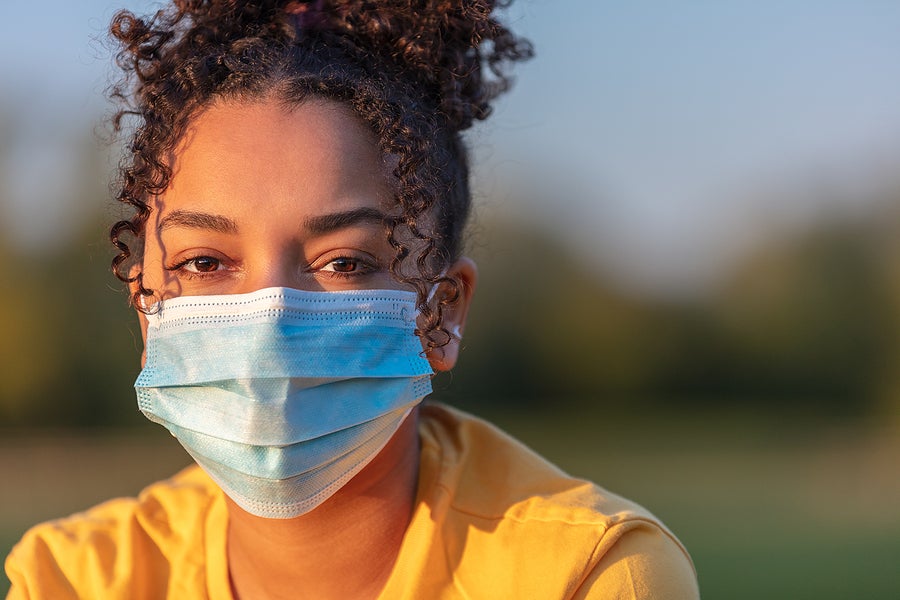New research from the Urban Institute, “Urgent Action Needed to Address Children’s Unmet Health Care Needs during the Pandemic,” identifies the problems families with children are facing and some proven solutions, but explains that without a coordinated, national response, it’s unlikely that the children most at risk will get needed supports. Instead, as the authors point out, long-standing racial and socioeconomic disparities in children’s health and health care access will likely widen.
Sadly, gaps in coverage were already widening for children generally (even pre-pandemic) and at alarming rates for low-income children, young children, and Latino children. The pandemic has hit some of these same groups especially hard, both directly and indirectly. In terms of the direct impacts, American Indian/Alaska Native, Asian, Black, and Latino people are all more likely than non-Hispanic white people to contract COVID-19, be hospitalized, and die. “By the Numbers: Latinos in the Time of Coronavirus,” a data project by UnidosUS, shows that Latino families are also more likely to face income loss, food insecurity, and difficulty accessing online education than the national average or their non-Hispanic white counterparts due to the pandemic-related economic decline.
The new research from the Urban Institute should serve as a wake-up call to policymakers.
Even though children are generally less likely to contract COVID-19, and when they are infected, they are less likely to have a severe case, there is no doubt that the pandemic has negatively impacted children’s health. Well-child visits and vaccination rates are down, children with special health care needs are struggling to access needed care, and adolescents are missing out on important reproductive health care. Prolonged worry and stress brought on by the pandemic are harmful to mental health for both children and parents. The authors point out that approximately 35 percent of adolescents reported receiving their mental health services in schools before the pandemic so the transition to virtual learning has likely decreased children’s access to behavioral health care. All of the challenges posed by the pandemic add to existing pediatric behavioral health workforce shortages that could lead to the social and emotional needs of children being further neglected.
The good news is that there are known solutions. Modifications to in-person health care have made it safer for children to continue to seek preventive care. Expanded access to telehealth and hybrid care models, with both virtual and in-person components, have made it easier for families to access needed care without unnecessary exposure to the novel Coronavirus. Outreach and education campaigns from state leaders and health care providers have helped parents stay informed about the importance of ongoing preventive care and how they can meet their children’s health care needs safely.
The bad news is that without intervention from federal leaders, these interventions will not be distributed evenly, modified to remove remaining barriers, or targeted to children who need them most. States, providers, and child health advocates have been pushing the federal government for more support for months, but there’s been no movement on meaningful COVID relief in the Senate since March. Thankfully, states have intervened when possible and there is more they can do while we continue to wait for Godot.
The Urban Institute paper helpfully identifies how states can work to identify children who have missed important health services and connect them to care, either directly (in fee-for-service states) or through their contracts with Medicaid managed care plans. States and managed care plans can also support struggling providers by providing prospective payments, directed payments, or both, to help make up for declining revenues and keep pediatric practices viable. My colleague Andy Schneider has written about one such model in Virginia.
But the lack of leadership from the federal government has created unnecessary barriers to keeping kids healthy during the pandemic, and it cannot be ignored. Clearly, more resources are needed to support children’s health care needs directly, but as the Urban Institute authors point out, it doesn’t stop there. Children’s health-related social and economic needs also need to be addressed. More resources are needed to help schools reopen safely, with personal protective equipment for teachers, staff and students, plus classroom modifications to space students and improve airflow. School-based health centers and school nurses need support as they step-in to fill gaps in care. Child welfare agencies need additional resources to support struggling families. And for many families who have lost wages due to the economic crises, increased access to food supports and programs to maintain stable housing are critical.
Lawmakers left Washington earlier this week, but their work is far from done.
[Editor’s Nore: Visit CCF’s interactive child health care report card to see how your state is doing in meeting children’s in meeting children’s needs.]


